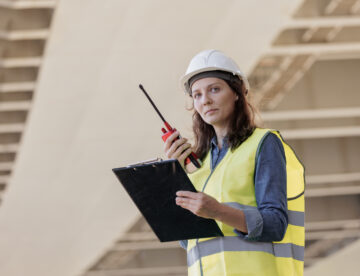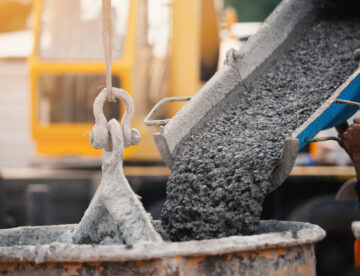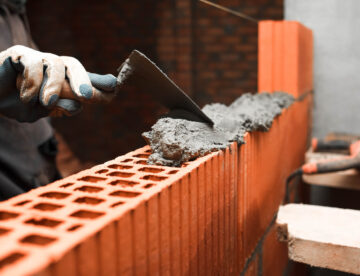
As we approach International Women’s Day 2025, the call to ‘Accelerate Action’ for gender equality has never been more urgent. It’s a time to take decisive steps toward creating more inclusive and equal opportunities, particularly in industries that have long been dominated by men.
The construction sector, in particular, is one where gender equality could actually be crucial for future growth and success. One significant initiative making strides in this area is the Women into Home Building programme. Take a look at this week’s blog to learn more.

Artificial intelligence (AI) is making waves across all sorts of industries and construction is no exception. While much of the attention has been on AI’s role in design, project management and efficiency, its potential to revolutionise site safety might just be the most exciting development yet.
For years, construction has been one of the most hazardous industries, with risks ranging from falls and equipment-related accidents to structural failures, but could we be at a turning point where AI-driven protocols and analytics help to predict and prevent such dangers? Keep reading to find out more.

The construction industry is responsible for a sizeable portion of global carbon emissions, largely due to the production of cement. But what if the very process of building could help capture carbon instead of releasing it? Scientists at Nanyang Technological University, Singapore (NTU Singapore) have developed an innovative 3D concrete printing method that seems to do just that.
By capturing and storing carbon dioxide (CO2) within concrete during the printing process, this new method offers a promising step towards more sustainable construction. How does it work? Read this week’s blog to learn more.

The construction industry is facing a skills crisis that, in the UK, could be threatening growth and productivity. In light of this, a recent independent review commissioned by the Department for Education has highlighted the urgent need for change.
With declining workforce numbers and increasing skills gaps, the review calls for a major reset in how the industry approaches training and development. But what does this mean for construction businesses and what steps need to be taken? Keep reading to find out.
